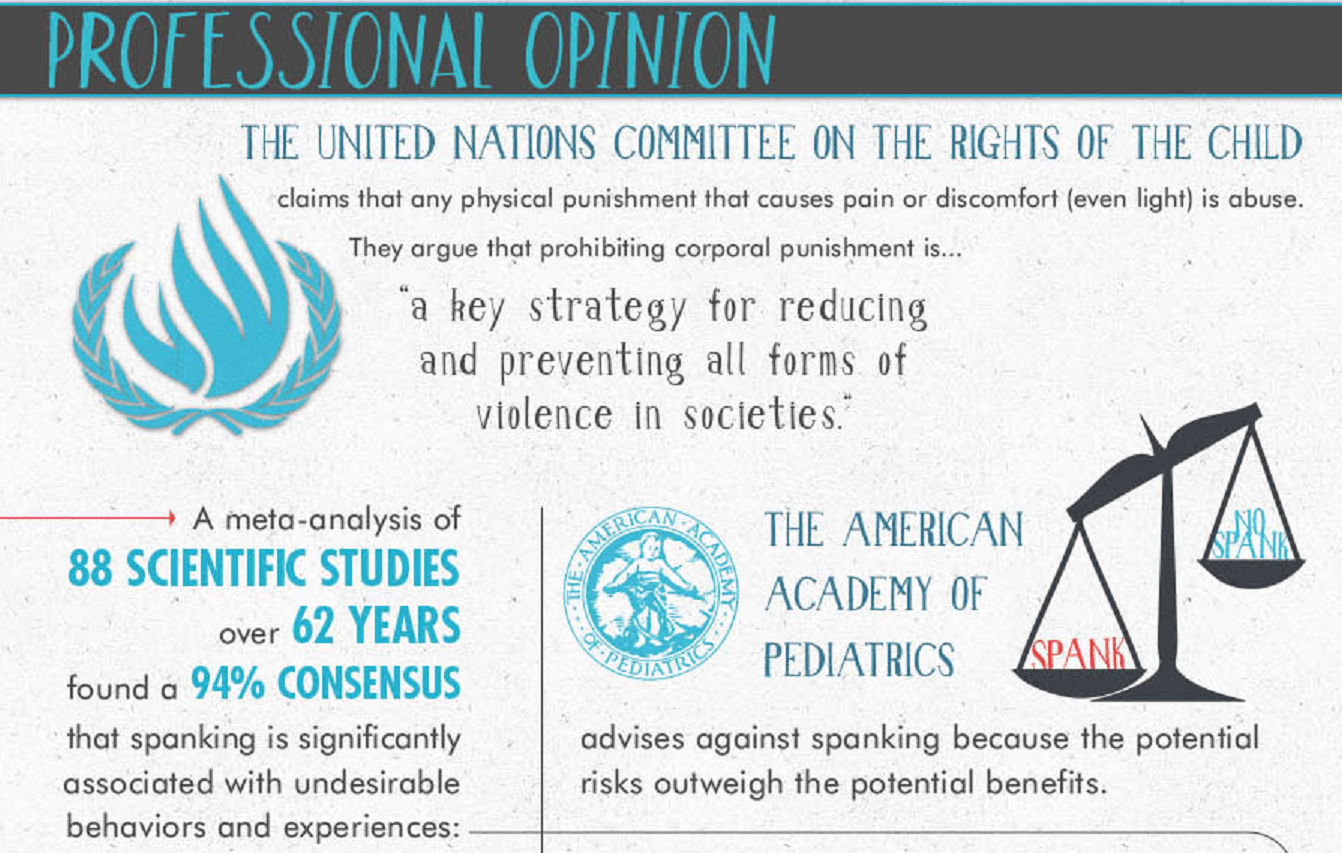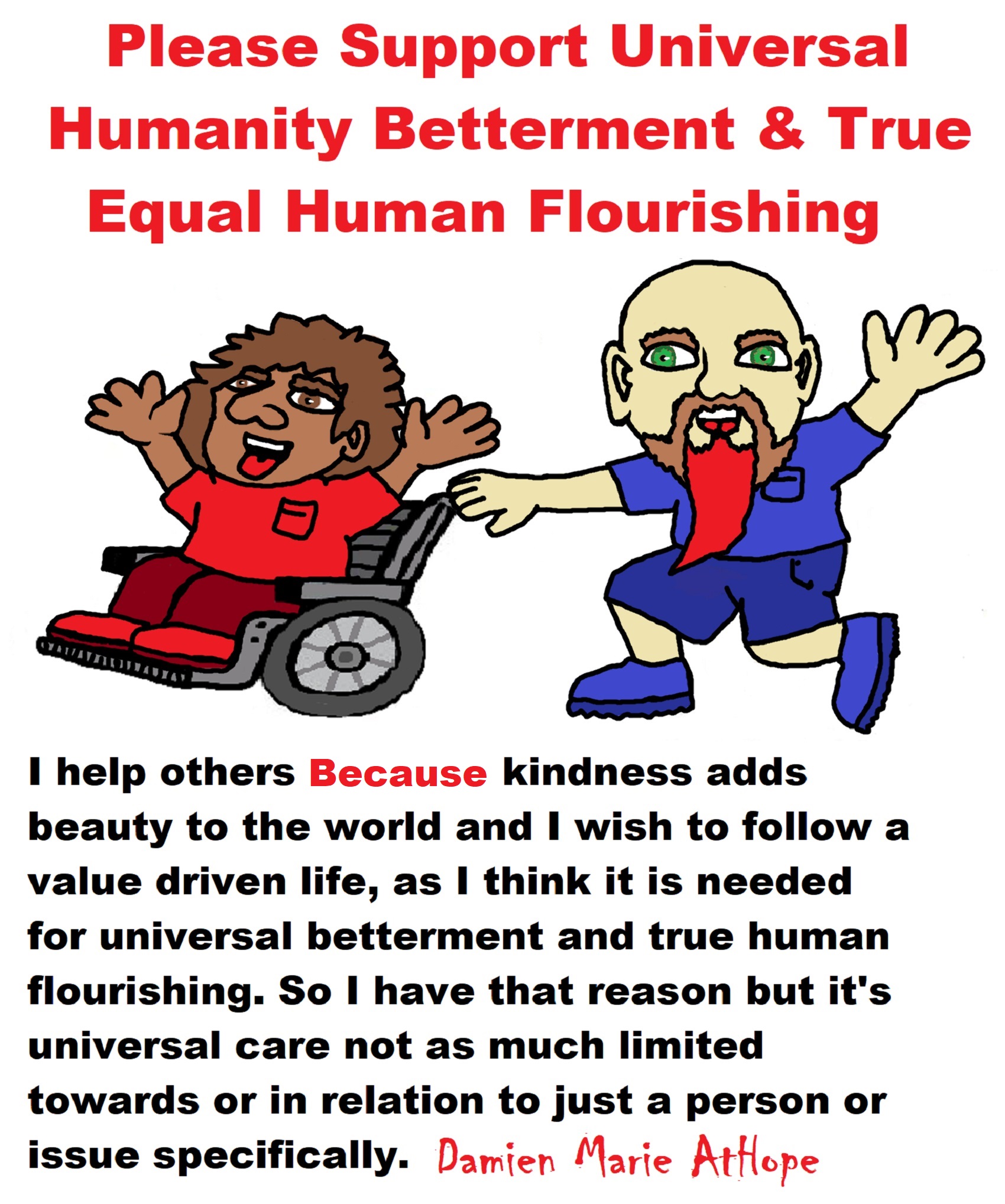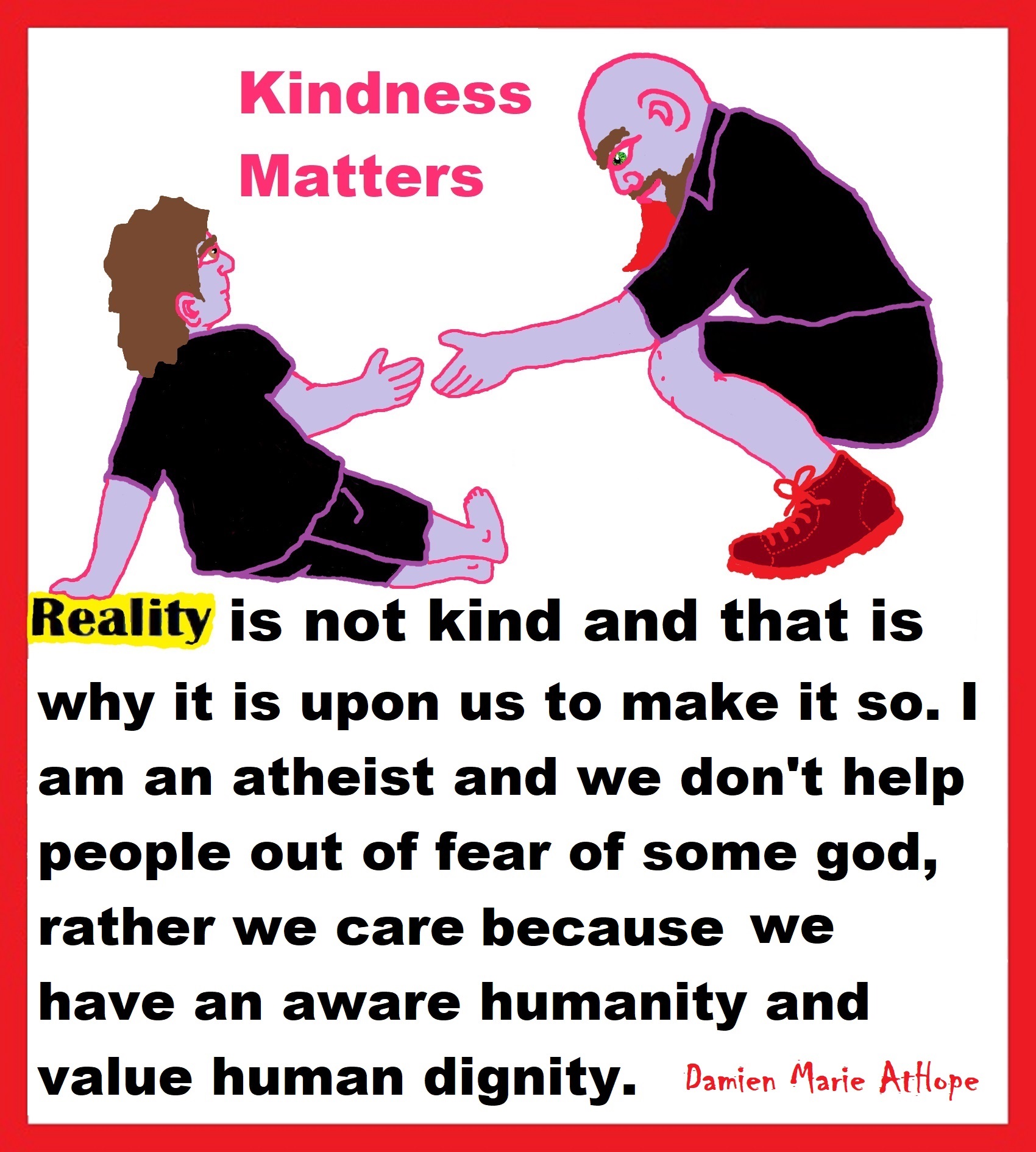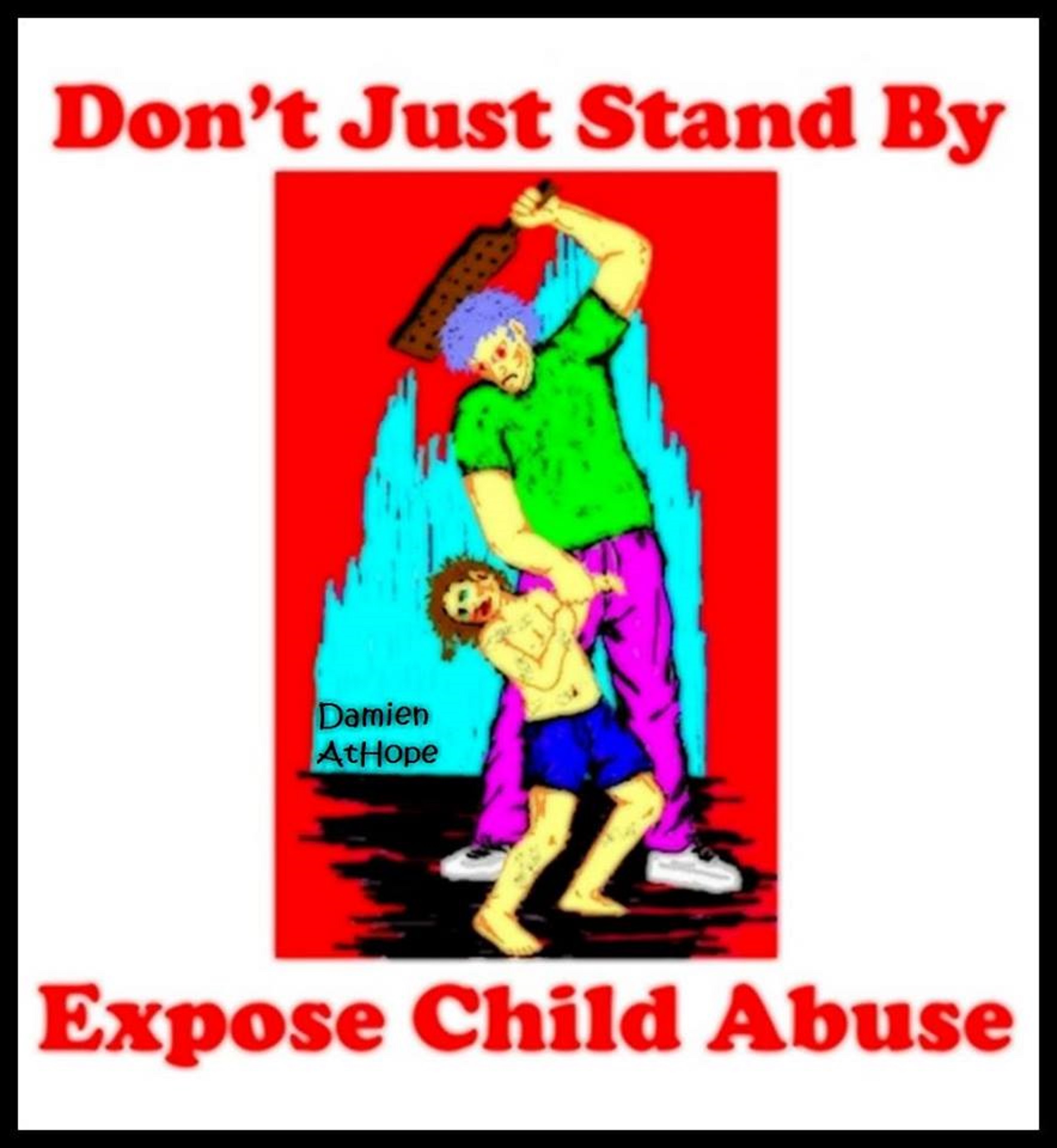
Spanking Debate: Positive vs. Negative Discipline: VIDEO
Do you care about all child abuse victims?
It is weird and sad how society claims to be against child abuse and supports child abuse victims, that is as long as they are still children, that is. Because, if an adult currently, even though a past child of abuse, it is seen as not that important to care. Especially so, if they don’t live up to society’s standards. Victims of child abuse often suffer negative life outcomes. But you blame them even though society does not ensure they get free health care and mental health therapy such things as “child abuse,” require. If they end up in addiction, suffer food insecurities, homelessness, and are compelled into crime; people blame the unhelped child abuse victims. I am an extreme child abuse victim, and I have as well as do suffered mentally/emotionally. I suffered from addiction, food insecurities, homelessness, and was compelled into crime. I almost did not make it out alive.
Five Decades of Research Confirms:
Spanking Produces Similar Outcomes in Children as Physical Abuse.
I am anti-spanking as I value the nonaggression principle which basically states that it is immoral to initiate the use of aggressive force which is not directly for self or other defense against another human being. Spanking is the use of aggressive force a clear violation of the non-aggression principle, and thus an immoral action.
Spanking children slows cognitive development and increases risk of criminal behavior, expert says.
Psychologytoday.com Taking Non-Aggressive Approach Towards Discipline
Spanking Violates Non-Aggression
Children need to have the same right as adults to protection from abuse from either public or private sources.
• Hitting your wife is called ‘domestic violence’ and is a crime;
• Hitting another adult is called ‘assault’ and is a crime;
• Hitting a child is called ‘discipline’ and is not a crime? WTF
Some will say with deep conviction but I still believe that spanking works …
Terrorism always works but what it produces is terror and fear. Your beliefs that support spanking you are putting over the facts of science do you think that truly is a valid way to live life? You can have deep conviction and all that is proof of is deep conviction, nothing more just like religion beliefs without evidence and keeping belief that contradicts the evidence.
I hear it said if you don’t spank your child you can’t raise them right. This is not empirically proven in fact it is demonstrable to the opposite. But that aside I feel such a statement is on par with saying one cannot have morality without religion an equally false statement. Furthermore, I am taken back when atheists say such things about child rearing that not spanking the child you spoil them. This seems to be limited in one’s creative thinking if the only way to raise good children requires physical violence as a needed method. I would think rational thinkers would not be so confined in their creativity to inspire others.
Here is some of the evidence to make you anti-spanking:
- 2000: Neurobiological studies of the brain have found that stress experienced by very young children (such as that experienced when the child is fearful of being hit) at certain critical stages of development will result in delay or absence of development of certain skills, because of heightened levels of adrenalin affecting the dopamine levels in the brain. (Glaser d. 2000. Child Abuse and Neglect and the Brain? a Review. J. Child Psychol. Psychiat. Vol. 41 (1), pp. 97±116)
- 2001: New Evidence For The Benefits Of Never Spanking Murray A Straus. Society. Virtually a revolution has occurred in the last four years in the state of scientific knowledge about the long-term effects of corporal punishment. Straus summarizes the results of that research and explains why the new research shows, more clearly than ever before, the benefits of avoiding corporal punishment. New Brunswick: Sep/Oct 2001. Vol. 38, Iss. 6; pg. 52, 9 pgs
- 2002: When the caregivers themselves are the source of distress, children are unable to modulate arousal. This causes a breakdown in the capacity to process and regulate experience. At the core of traumatic stress is a breakdown in the capacity to regulate internal states. (Van der Kolk B. 2002. Trauma and Memory. Psychiatry and Clinical Neurosciences, 52 (1) pp52–64,.
- 2003: Corporal punishment of infants results in elevated baseline levels of cortisol. (Bugental DB, Martorell GA, Barraza V. The hormonal costs of subtle forms of infant maltreatment. Horm Behav 2003;43: 237-44)
- 2009: The IQs of children ages 2 to 4 who were not spanked were 5 points higher four years later than the IQs of those who were spanked. The IQs of children ages 5 to 9 years old who were not spanked were 2.8 points higher four years later than the IQs of children the same age who were spanked. (Physorg.com. 2009. Children who are spanked have lower IQs, new research finds. Accessible at www.physorg.com/news173077612.html)
- 2009: 17,404 university students from 32 different countries were surveyed. The analysis found a lower average IQ in countries where spanking is more prevalent. (Physorg.com. 2009.Children who are spanked have lower IQs, new research finds.Accessible at www.physorg.com/news173077612.html)
- 2009: Exposing children to physical punishment has detrimental effects on brain development, and may reduce the volume of the brain’s grey matter. (Mehta MA, et al. 2009. Amygdala, hippocampal and corpus callosum size following severe early institutional deprivation: The English and Romanian Adoptees study pilot. J Child Psychol Psychiatry 50:943–951
- 2010: Physical punishment has been seen to cause alterations in the dopaminergic regions associated with vulnerability to the abuse of drugs and alcohol. (Sheu Y-S, Polcan A, Anderson CM, et al. 2010. Harsh corporal punishment is associated with increased T2 relaxation time in dopamine-rich regions. Neuroimage 53: 412-9.
- 2011: Study of two schools in West Africa, one of which used corporal punishment and one of which did not find that the children at the school where corporal punishment was used were less able to perform tasks involving ‘executive functioning’ (such as planning, abstract thinking and delaying gratification). (Physorg.com. 2011. Spare the rod and develop the child. Accessible at www.physorg.com/news/2011-07-rod-child-non-corporal-discipline-aids.html)
- 2013: Children who were frequently spanked by their fathers at age 5 had lower vocabulary scores at age 9. (MacKenzie M, Nicklas E, Waldfogel J, and Brooks-Gunn J. 2013. Spanking and Child Development Across the First Decade of Life. Paediatrics.org. Accessible at www.pediatrics.org/cgi/doi/10.1542/peds.2013-1227).
- 2014: Study eavesdropping on the family: A pilot investigation of corporal punishment in the home. Latency analyses revealed children, after being hit, were misbehaving again within 10 minutes after 73% of the incidents. Mothers’ self-reports about whether they used CP were found to correspond to the audio data in 81% of the cases. Among the mothers who were hitting, CP occurred at a much higher rate than the literature indicates. And the corporal punishment was administered in anger in half of all cases. Thirty-three families allowed themselves to be recorded for up to six nights. Parents who said they supported corporal punishment did it often and with little provocation. Holden, George W.; Williamson, Paul A.; Holland, Grant W. O. Journal of Family Psychology, Vol 28(3), Jun 2014, 401-406. http://dx.doi.org/10.1037/a0036370
- 2014: Research studied over 1,000 children in 11 groups across eight countries which shows childhood anxiety and aggression caused by physical punishment may not fall and can increase when parents are very loving or with maternal warmth. Lansford J et al. Corporal Punishment, Maternal Warmth, and Child Adjustment: A Longitudinal Study in Eight Countries Journal of Clinical Child & Adolescent Psychology 43:4, 2014 670-685, DOI: 10.1080/15374416.2014.893518
- 2015: Use of spanking differs across education groups: Postgrad 8%, College degree 15%, Some college 18%, and High school or less 22%. Pew Research Center DECEMBER 14, 2015 PARENTING IN AMERICAhttp://www.pewsocialtrends.org/2015/12/17/parenting-in-america/st_2015-12-17_parenting-09/
- 2016: Risks of harm from spanking confirmed by analysis of 50 years of research on spanking. Elizabeth T. Gershoff, Andrew Grogan-Kaylor. Spanking and Child Outcomes: Old Controversies and New Meta-Analyses.. Journal of Family Psychology, 2016; DOI: 10.1037/fam0000191
- 2017: A study finds that spanking children at an early age can negatively impact child development for years to come. Children spanked when they were as young as 15 months old displayed negative temperament and were less likely to show positive behaviors in the fifth grade and even into their teenage years, researchers at the University of Missouri said. https://www.usatoday.com/story/news/2017/08/16/harmful-effects-spanking-toddler-can-trigger-bad-behavior-even-10-years-later/562203001/
- 2018: The Spanking Debate Is Over, The empirical, theoretical, and moral arguments against spanking are compelling. Spanking research has by now produced robust evidence for all three propositions. Spanking is correlated strongly and quite exclusively with multiple negative outcomes for children. The negative outcomes often appear only after the spanking has begun, and the effects of spanking remain significant and sizable even after controlling for the influence of other variables such as parental age, child age, sex, race, family structure, poverty, emotional support, cognitive stimulation, etc. Overall, the empirical case against spanking is strong, and made stronger by the absence of any empirical case in support of spanking. There is not one well-designed study I have seen that links spanking to the long-term positive outcome. -Said Noam Shpancer Ph.D.https://www.psychologytoday.com/us/blog/insight-therapy/201802/the-spanking-debate-is-over
- 2019: American Academy of Pediatrics Says No More Spanking or Harsh Verbal Discipline, The largest professional organization for US pediatricians is taking a strict stance against parents, caregivers, and other adults using spanking, hitting, or slapping to discipline children. The American Academy of Pediatrics (AAP) recently released an updated policy statement on corporal punishment—the first major revise since 1998—based on accumulating evidence that physical punishments don’t work in the long term and could even cause unintended harms. The policy also recommends against verbal discipline that causes shame or humiliation. Jennifer Abbasi JAMA. 2019;321(5):437-439. doi:10.1001/jama.2018.18429

We know enough now to stop hitting kids. We know it has a detrimental effect on intelligence. We know it has long-term negative implications for physical and emotional well-being. We know it is related to a greater propensity for violence in adulthood. And we know that it is effective only for teaching immediate compliance.
But I know screw science go with evidenceless beliefs right and be pro spanking?
It makes me sick when people still stick with tradition and personal opinion over science. Science is telling you that you’re wrong. Science does not care what you believe. It will not change based on your opinions or beliefs. No child should be spanked, we need correction and training not abusive force and the science agrees.
Nobody deserves to be hit. Children are not “little bastards”. They are children who are still growing and developing. It’s our job to support their development, and guide them toward acceptable behaviors. You do this through talking to your child and modeling.
There are many reasons why children should never be Spanked or subjected to any other kind of corporal punishment. Three of the most fundamental reasons:
1. Spanking has serious harmful side effects that parents have no way of seeing, because such effects do not show up until later.
2. Spanking is no more effective than other methods of correction and control, and it is therefore unnecessary to subject children to the risk of the harmful side effects.
3. Spanking contradicts the ideal of nonviolence in the family and society American Psychological Association opposes the use of corporal punishment
APA’s Committee on Children, Youth and Families (CYF) and the Board for the Advancement of Psychology in the Public Interest Council voted to adopt the following resolution on corporal punishment.The American Psychological Association opposes the use of corporal punishment in schools, juvenile facilities, child care nurseries, and all other institutions, public or private, where children are cared for or educated.
http://www.apa.org/monitor/2012/04/spanking.aspx
http://www.apa.org/news/press/releases/2010/05/corporal-punishment.aspx
http://www.apa.org/news/press/releases/2002/06/spanking.aspx
http://www.apa.org/about/policy/corporal-punishment.aspx
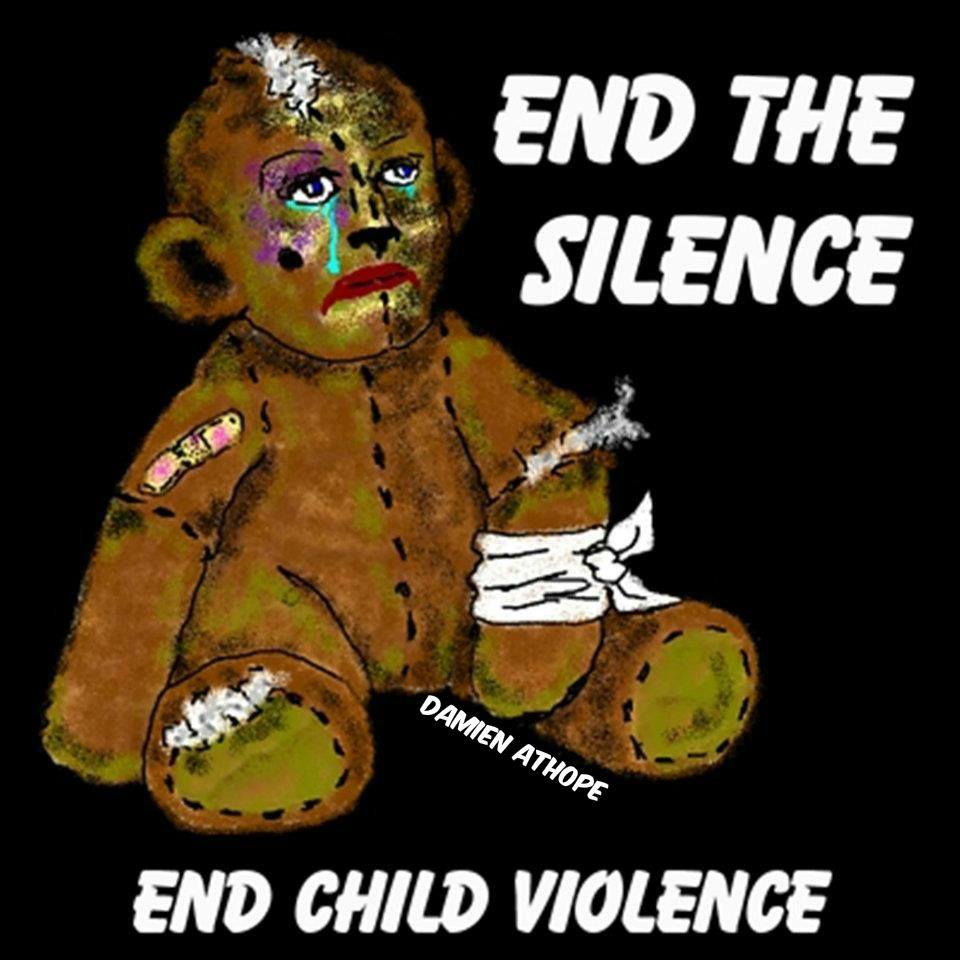
Children and Parental Discipline
How should parents raise their children? Given the critical importance of the first few years and even months of life for a child’s intellectual, emotional, and behavioral development, it is essential to identify the best ways to raise kids. We can talk about how much time parents should spend with their children, how often they should read to them, what time they should put them to bed, and other topics. But for many people, the question of raising children means how parents should discipline their children. While no one right answer to this question exists that will satisfy everyone, scholars identify at least four styles of discipline (Welch, 2010). We will look briefly at these types and at a related issue, spanking. Parents who practice authoritarian discipline may often spank their children, but spanking is thought to promote antisocial behavior among children overall rather than to inhibit it.
The first style of discipline, and the one that most childhood scholars favor, is called authoritative or firm-but-fair discipline. In this style of discipline, parents set clear rules for their children’s behavior but at the same time let their kids exercise independent judgment. When their children do misbehave, the parents patiently explain to them why their behavior was wrong and, if necessary, discipline them with time-outs, groundings, and similar responses. They rarely, if ever, spank their children and in general provide them much emotional support. Most childhood experts think authoritative discipline aids children’s moral development and helps produce children who are well behaved (Ginsburg, Durbin, Garcia-España, Kalicka, & Winston, 2009).
Many parents instead of practice authoritarian discipline. These parents set firm but overly restrictive rules for their children’s behavior and are generally not very warm toward them. When their children misbehave, the parents may yell at them and punish them with relatively frequent and even harsh spankings. Although these parents think such punishment is necessary to teach kids how to behave, many childhood experts think their authoritarian discipline ironically produces children who are more likely to misbehave (McKee et al., 2007).
A third style of discipline is called lax or permissive. As these names imply, parents set few rules for their children’s behavior and don’t discipline them when they misbehave. These children, too, are more apt than children raised by authoritative parents to misbehave during childhood and adolescence.
Uninvolved discipline is the fourth and final type. Parents who practice this style generally provide their children with little emotional support and fail to set rules for their behavior. This style of parenting is associated with antisocial behavior by children and other negative outcomes, especially when compared with authoritative parenting.
One reason that authoritative discipline is better than authoritarian discipline for children is that it avoids spanking in favor of other, more “reasoning” types of discipline and punishment. Many experts think spanking is bad for children and makes them more likely, not less likely, to misbehave. Spanking, they say, teaches children that they should behave to avoid being punished. This lesson makes children more likely to misbehave if they think they will not get caught, as they do not learn to behave for its own sake. Spanking also teaches children it is acceptable to hit someone to solve an interpersonal dispute and even to hit someone if you love her or him because that is what spanking is all about. Children who are spanked may also resent their parents more than children raised authoritatively and thus be more likely to misbehave because their relationship with their parents is not as close. Thus even though parents who spank do so because they believe in the old saying “Spare the rod and spoil the child,” spanking ironically can make children more likely, not less likely, to misbehave (Berlin et al., 2009).
Discipline That Work: Peaceful/Positive Parenting and Peaceful Discipline
Why Positive Parenting?
Children misbehave when they feel bad about themselves and disconnected from us. The word “Discipline” means to teach, which raises the question of how kids learn how to behave. Research shows that children learn best when they feel heard and valued, not when they feel on the defensive. Here’s how to use loving guidance, so you can get out of the discipline business altogether. ref
How to Use Loving Guidance
Your ten-step guide to putting positive parenting to work in your house, from setting limits effectively to weaning yourself off yelling and punishment. ref
What’s Wrong with Strict Parenting?
Most parents assume that strict parenting produces better-behaved kids. However, research studies on discipline consistently show that strict, or authoritarian, child-raising actually produces unhappy kids who feel bad about themselves and behave worse than other kids — and therefore get punished more! Here’s why. ref
What’s Wrong with Permissive Parenting?
Infants’ wants are identical to their needs. But over time, that changes. Toddlers’ wants are often in direct opposition to their long-term developmental needs and safety. When parents don’t make that developmental leap and learn to set limits, their children don’t develop the ability to tolerate frustration or to manage themselves. These children are often referred to by others as “spoiled.” ref
How to Set Effective Limits with Your Child
Setting limits is an important part of parenting. Limits keep our children safe and healthy and socialize them enough so that they can function happily in society. And if we do it right, our kids will internalize the ability to set limits for themselves, which is otherwise known as self-discipline. Why neither permissiveness nor strictness works, and how to chart an effective middle course. ref
Empathetic Limits in Action: Leaving the Playground
Mommy: “Avery, you must be getting hungry. Its time to walk home and make some yummy peanut butter sandwiches for lunch. Would you like to walk or ride in the stroller?”
Avery: “No Mommy, I’m sitting on the swing.” ref
What’s Wrong with Timeouts?
Why timeouts are vastly better than hitting, but sabotage your child’s development and create power struggles — and what to do instead. ref
Why Consequences are Just More Ineffective Punishment
Why consequences, as used by most parents, create defiant children and teach all the wrong lessons — and what to do instead. ref
The Truth About Consequences
My Aha! Parenting moment last week came when my husband called me three times to email him something at work. He often works on a computer at home and then emails himself documents so he can access them from the computer at his job. A couple of times a year, he’ll forget to send himself something important, so he’ll call me and ask me to email it to him. Luckily, I have a home office, so it’s easy for me to go to his computer and email it. ref
Parenting Your Strong-Willed Child
Breaking a child’s will is a betrayal of the spiritual contract we make as parents to nurture our child’s unique gifts. That said, strong-willed kids can be a handful — high energy, challenging, persistent. How do we protect those fabulous qualities and still encourage their cooperation — without going crazy? ref
Don’t Give In….Give Choices!
Giving choices may be the single most useful tool parents have for managing life with young children. It really is almost a magic wand, at least until children are about five. ref
Helping Your Child With Anger
All kids — like all humans — get angry. When we feel threatened, we move into fight, flight or freeze. Anger is the body’s “fight” response. ref
When Your Child Acts Out but Can’t Cry: Building Safety
There will be times when you embrace your acting-out child with your warm compassion and he bursts into tears, sobs his heart out, and is cooperative and delightful for the rest of the day. But more often, your child will be too frightened of that logjam of emotion he’s been tamping down. The problem is, he needs to cry to release all those feelings. Otherwise, he’ll spend the day bouncing from one angry incident to the next. How can you break through his anger to release the tears and fears underneath? By building safety through play when he “misbehaves.” ref
When Your Child Hits You
Staying calm when our child hurts us is almost impossible. Pain sends us immediately into our lower brain stem, which governs the “fight or flight” impulse, and our child immediately looks like the enemy. That automatically drops us onto “the low road” of parenting. You know the low road. It’s when you snarl at your child through clenched teeth, or start screaming, or become physically rough. When you lose all access to reason and feel justified in having your own little tantrum. ref
How To Handle Your Anger at Your Child
All parents get angry at their children.
It doesn’t help that there are always the endless pressures of life: appointments we’re late to, things we’ve forgotten until the last moment, health and financial worries — the list is endless. In the middle of that hectic momentum, enter our child, who has lost her sneaker, suddenly remembered she needs a new notebook for school today, is teasing her little brother, or is downright belligerent. And we snap. ref
For Parents: Healing Yourself
The bad news is that virtually all of us were wounded as children, and if we don’t heal those wounds, they prevent us from parenting our children optimally. If there’s an area where you were scarred as a child, you can count on that area causing you grief as a parent. But the good news is that being parents gives us an opportunity to heal ourselves. Most parents say that loving their children has transformed them: made them pore patient, more compassionate, more selfless. Our children have an unerring ability to show us our wounded places, they draw out our unreasonable fears and angers. Better than the best zen master or therapist, our children give us the perfect opportunity to grow and heal. Almost magically, as our wounds transform, we find that these hurt places inform us, motivate us, make us better parents. ref
WHAT IS POSITIVE DISCIPLINE?
Positive Discipline is a program designed to teach young people to become responsible, respectful and resourceful members of their communities. Based on the best selling Positive Discipline books by Dr. Jane Nelsen, Lynn Lott, Cheryl Erwin and others, it teaches important social and life skills in a manner that is deeply respectful and encouraging for both children and adults (including parents, teachers, childcare providers, youth workers, and others). Recent research tells us that children are “hardwired” from birth to connect with others, and that children who feel a sense of connection to their community, family, and school are less likely to misbehave. To be successful, contributing members of their community, children must learn necessary social and life skills. Positive Discipline is based on the understanding that discipline must be taught and that discipline also teaches. ref
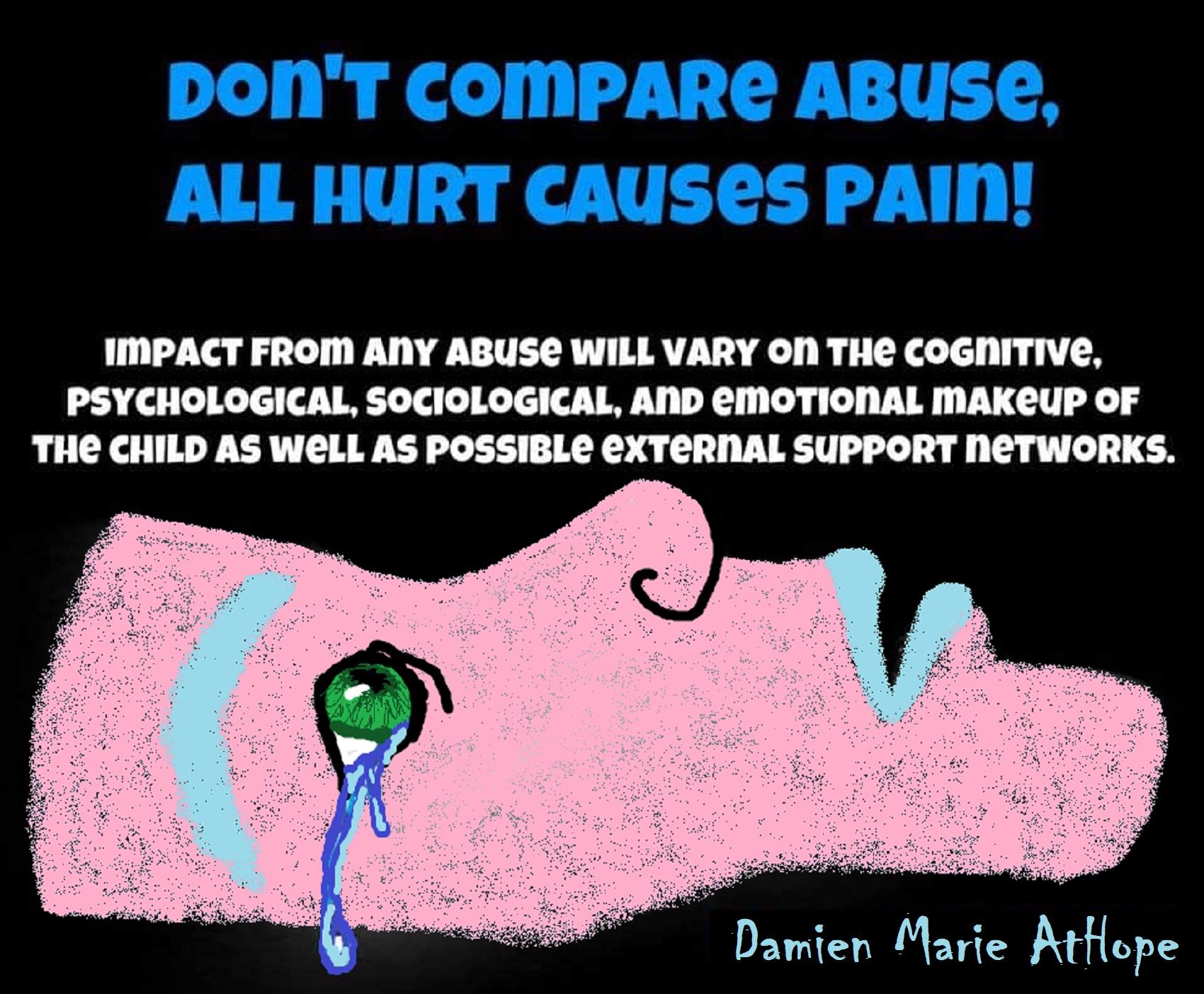
FIVE CRITERIA FOR POSITIVE DISCIPLINE
- Helps children feel a sense of connection. (Belonging and significance)
- Is mutually respectful and encouraging. (Kind and firm at the same time.)
- Is effective long – term. (Considers what the child is thinking, feeling, learning, and deciding about himself and his world – and what to do in the future to survive or to thrive.)
- Teaches important social and life skills. (Respect, concern for others, problem-solving, and cooperation as well as the skills to contribute to the home, school or larger community.)
- Invites children to discover how capable they are. (Encourages the constructive use of personal power and autonomy.) ref
POSITIVE DISCIPLINE TOOLS
Positive Discipline Parenting and Classroom Management models are aimed at developing mutually respectful relationships. Positive Discipline teaches adults to employ kindness and firmness at the same time and is neither punitive nor permissive. The tools and concepts of Positive Discipline include:
- Mutual respect. Adults model firmness by respecting themselves and the needs of the situation, and kindness by respecting the needs of the child.
- Identifying the belief behind the behavior. Effective discipline recognizes the reasons kids do what they do and works to change those beliefs, rather than merely attempting to change behavior.
- Effective communication and problem-solving skills.
- Discipline that teaches (and is neither permissive nor punitive).
- Focusing on solutions instead of punishment.
- Encouragement (instead of praise). Encouragement notices effort and improvement, not just success, and builds long-term self-esteem and empowerment. ref
Unique Characteristics of the Positive Discipline Model also include:
- Teaching adults and students through experiential activities. Creating an opportunity to practice new skills and to have fun learning by doing.
- Classroom discipline programs and parent education programs that are consistent. Parents, teachers, and childcare providers can work together to provide a secure, consistent environment for children.
- Inexpensive training and ongoing support so members of communities can teach each other Positive Discipline skills.
- Certified trainers across the country who can work with schools and communities. ref
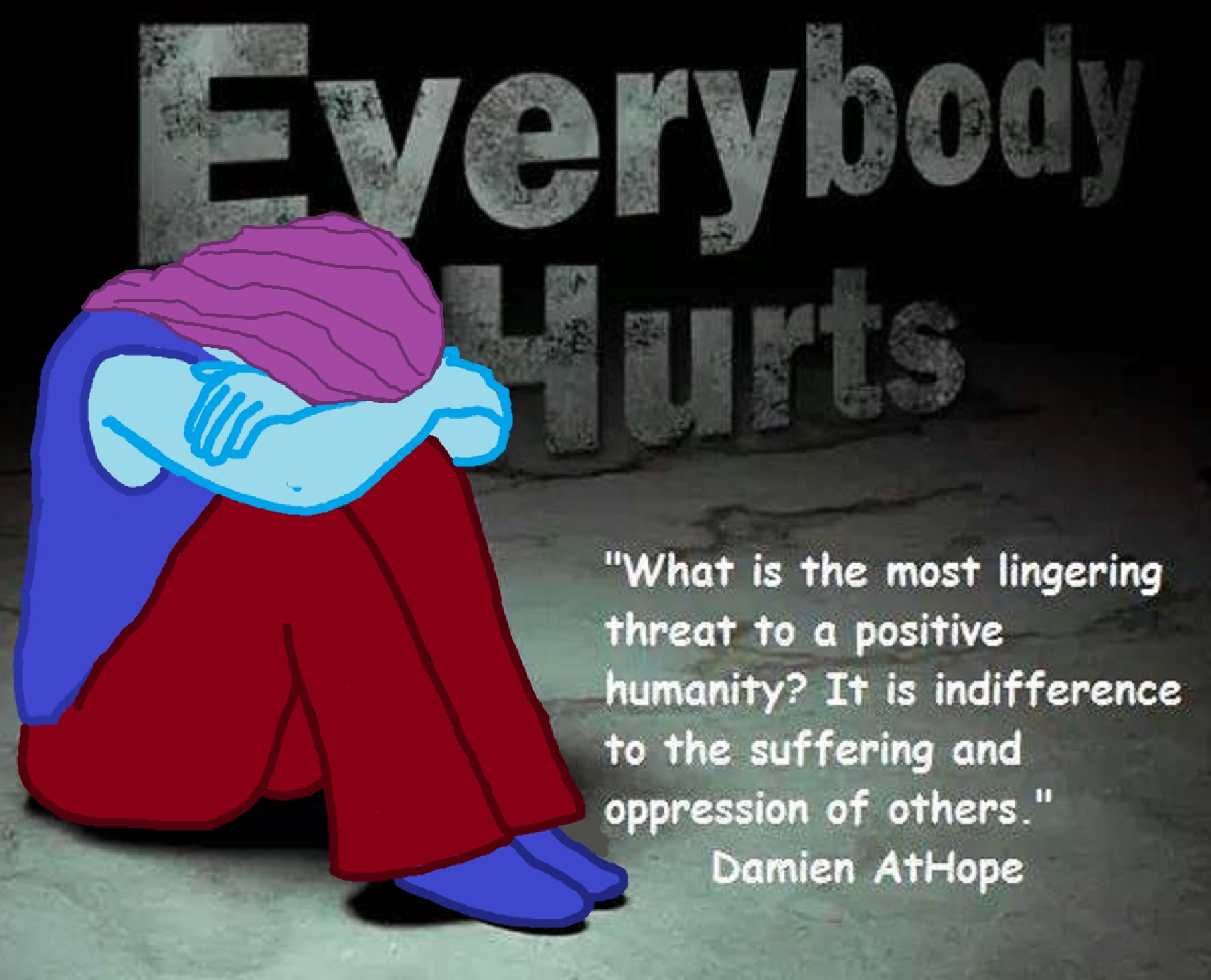
“Attachment is a deep and enduring emotional bond that connects one person to another across time and space (Ainsworth, 1973; Bowlby, 1969). Attachment does not have to be reciprocal. One person may have an attachment to an individual which is not shared. Attachment is characterized by specific behaviors in children, such as seeking proximity to the attachment figure when upset or threatened (Bowlby, 1969). Attachment behavior in adults towards the child includes responding sensitively and appropriately to the child’s needs. Such behavior appears universal across cultures. Attachment theory explains how the parent-child relationship emerges and influences subsequent development. Attachment theory in psychology originates with the seminal work of John Bowlby (1958). In the 1930’s John Bowlby worked as a psychiatrist in a Child Guidance Clinic in London, where he treated many emotionally disturbed children.” ref
“This experience led Bowlby to consider the importance of the child’s relationship with their mother in terms of their social, emotional and cognitive development. Specifically, it shaped his belief about the link between early infant separations with the mother and later maladjustment, and led Bowlby to formulate his attachment theory. John Bowlby, working alongside James Robertson (1952) observed that children experienced intense distress when separated from their mothers. Even when such children were fed by other caregivers, this did not diminish the child’s anxiety. These findings contradicted the dominant behavioral theory of attachment (Dollard and Miller, 1950) which was shown to underestimate the child’s bond with their mother. The behavioral theory of attachment stated that the child becomes attached to the mother because she fed the infant. And Bowlby defined attachment as a ‘lasting psychological connectedness between human beings.’ (1969, p. 194)” ref
“Bowlby (1958) proposed that attachment can be understood within an evolutionary context in that the caregiver provides safety and security for the infant. Attachment is adaptive as it enhances the infant’s chance of survival. This is illustrated in the work of Lorenz (1935) and Harlow (1958). According to Bowlby infants have a universal need to seek close proximity with their caregiver when under stress or threatened (Prior & Glaser, 2006). Most researchers believe that attachment develops through a series of stages. Psychologists have proposed two main theories that are believed to be important in forming attachments.” ref
“The learning / behaviorist theory of attachment (e.g., Dollard & Miller, 1950) suggest that attachment is a set of learned behaviors. The basis for the learning of attachments is the provision of food. An infant will initially form an attachment to whoever feeds it. They learn to associate the feeder (usually the mother) with the comfort of being fed and through the process of classical conditioning, come to find contact with the mother comforting. They also find that certain behaviors (e.g., crying, smiling) bring desirable responses from others (e.g., attention, comfort), and through the process of operant conditioning learn to repeat these behaviors to get the things they want.” ref
Stages of Attachment
Rudolph Schaffer and Peggy Emerson (1964) studied 60 babies at monthly intervals for the first 18 months of life (this is known as a longitudinal study). The children were all studied in their own home, and a regular pattern was identified in the development of attachment. The babies were visited monthly for approximately one year, their interactions with their carers were observed, and carers were interviewed. A diary was kept by the mother to examine the evidence for the development of attachment. ref
Three measures were recorded:
- Stranger Anxiety – response to the arrival of a stranger.
- Separation Anxiety – distress level when separated from a carer, the degree of comfort needed on return.
- Social Referencing – the degree a child looks at their carer to check how they should respond to something new (secure base). ref
They discovered that baby’s attachments develop in the following sequence:
Asocial (0 – 6 weeks)
Very young infants are asocial in that many kinds of stimuli, both social and non-social, produce a favorable reaction, such as a smile. ref
Indiscriminate Attachments (6 weeks to 7 months)
Infants indiscriminately enjoy human company, and most babies respond equally to any caregiver. They get upset when an individual ceases to interact with them. From 3 months infants smile more at familiar faces and can be easily comfortable by a regular caregiver. ref
Specific Attachment (7 – 9 months)
Special preference for a single attachment figure. The baby looks to particular people for security, comfort, and protection. It shows fear of strangers (stranger fear) and unhappiness when separated from a special person (separation anxiety). Some babies show stranger fear and separation anxiety much more frequently and intensely than others, nevertheless, they are seen as evidence that the baby has formed an attachment. This has usually developed by one year of age. ref
Multiple Attachment (10 months and onwards)
The baby becomes increasingly independent and forms several attachments. By 18 months the majority of infants have formed multiple attachments. The results of the study indicated that attachments were most likely to form with those who responded accurately to the baby’s signals, not the person they spent more time with. Schaffer and Emerson called this sensitive responsiveness. Intensely attached infants had mothers who responded quickly to their demands and, interacted with their child. Infants who were weakly attached had mothers who failed to interact. ref
Many of the babies had several attachments by ten months old, including attachments to mothers, fathers, grandparents, siblings, and neighbors. The mother was the main attachment figure for about half of the children at 18 months old and the father for most of the others. The most important fact in forming attachments is not who feeds and changes the child but who plays and communicates with him or her. Therefore, responsiveness appeared to be the key to attachment. ref
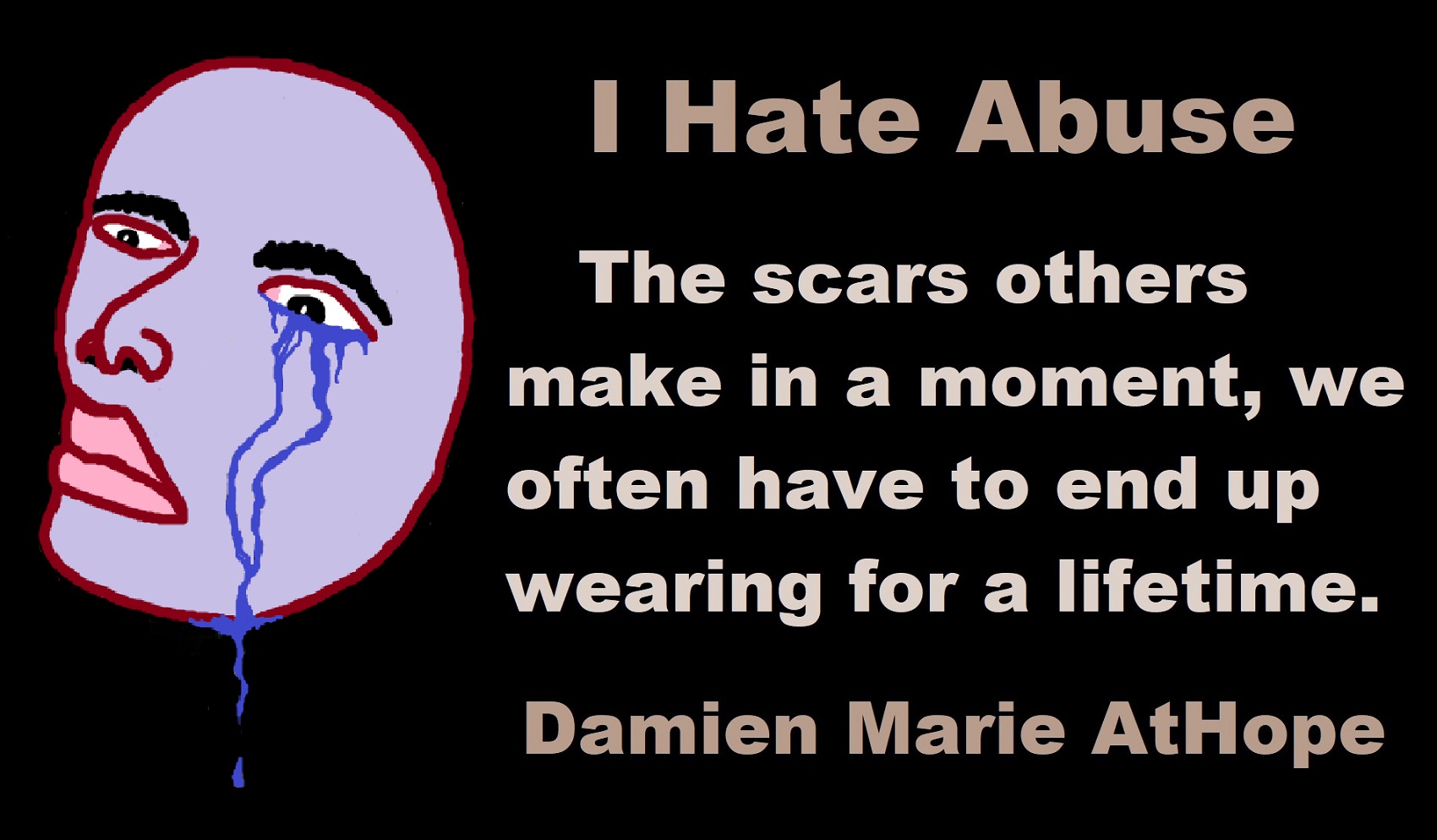
Understating the Growing Mind of a child: The 4 Stages of Cognitive Development
Jean Piaget’s theory of cognitive development suggests that children move through four different stages of mental development. His theory focuses not only on understanding how children acquire knowledge, but also on understanding the nature of intelligence. Piaget’s stages are:
- Sensorimotor stage: birth to 2 years
- Preoperational stage: ages 2 to 7
- Concrete operational stage: ages 7 to 11
- Formal operational stage: ages 12 and up
Piaget believed that children take an active role in the learning process, acting much like little scientists as they perform experiments, make observations, and learn about the world. As kids interact with the world around them, they continually add new knowledge, build upon existing knowledge, and adapt previously held ideas to accommodate new information. ref
The Stages
Through his observations of his children, Piaget developed a stage theory of intellectual development that included four distinct stages:
The Sensorimotor Stage
Ages: Birth to 2 Years
Major Characteristics and Developmental Changes:
- The infant knows the world through their movements and sensations
- Children learn about the world through basic actions such as sucking, grasping, looking, and listening
- Infants learn that things continue to exist even though they cannot be seen (object permanence)
- They are separate beings from the people and objects around them
- They realize that their actions can cause things to happen in the world around them
During this earliest stage of cognitive development, infants and toddlers acquire knowledge through sensory experiences and manipulating objects. A child’s entire experience at the earliest period of this stage occurs through basic reflexes, senses, and motor responses.
It is during the sensorimotor stage that children go through a period of dramatic growth and learning. As kids interact with their environment, they are continually making new discoveries about how the world works.
The cognitive development that occurs during this period takes place over a relatively short period of time and involves a great deal of growth. Children not only learn how to perform physical actions such as crawling and walking; they also learn a great deal about language from the people with whom they interact. Piaget also broke this stage down into a number of different substages. It is during the final part of the sensorimotor stage that early representational thought emerges.
Piaget believed that developing object permanence or object constancy, the understanding that objects continue to exist even when they cannot be seen, was an important element at this point of development.
By learning that objects are separate and distinct entities and that they have an existence of their own outside of individual perception, children are then able to begin to attach names and words to objects. ref
The Sensorimotor Stage of Cognitive Development
The Preoperational Stage
Ages: 2 to 7 Years
Major Characteristics and Developmental Changes:
- Children begin to think symbolically and learn to use words and pictures to represent objects.
- Children at this stage tend to be egocentric and struggle to see things from the perspective of others.
- While they are getting better with language and thinking, they still tend to think about things in very concrete terms.
The foundations of language development may have been laid during the previous stage, but it is the emergence of language that is one of the major hallmarks of the preoperational stage of development.
Children become much more skilled at pretend play during this stage of development, yet continue to think very concretely about the world around them.
At this stage, kids learn through pretend play but still struggle with logic and taking the point of view of other people. They also often struggle with understanding the idea of constancy.
For example, a researcher might take a lump of clay, divide it into two equal pieces, and then give a child the choice between two pieces of clay to play with. One piece of clay is rolled into a compact ball while the other is smashed into a flat pancake shape. Since the flat shape looks larger, the preoperational child will likely choose that piece even though the two pieces are exactly the same size. ref
Preoperational Stage of Cognitive Development in Young Children
The Concrete Operational Stage
Ages: 7 to 11 Years
Major Characteristics and Developmental Changes
- During this stage, children begin to thinking logically about concrete events
- They begin to understand the concept of conservation; that the amount of liquid in a short, wide cup is equal to that in a tall, skinny glass, for example
- Their thinking becomes more logical and organized, but still very concrete
- Children begin using inductive logic, or reasoning from specific information to a general principle
While children are still very concrete and literal in their thinking at this point in development, they become much more adept at using logic. The egocentrism of the previous stage begins to disappear as kids become better at thinking about how other people might view a situation.
While thinking becomes much more logical during the concrete operational state, it can also be very rigid. Kids at this point in development tend to struggle with abstract and hypothetical concepts.
During this stage, children also become less egocentric and begin to think about how other people might think and feel. Kids in the concrete operational stage also begin to understand that their thoughts are unique to them and that not everyone else necessarily shares their thoughts, feelings, and opinions. ref
The Concrete Operational Stage in Cognitive Development
The Formal Operational Stage
Ages: 12 and Up
Major Characteristics and Developmental Changes:
- At this stage, the adolescent or young adult begins to think abstractly and reason about hypothetical problems
- Abstract thought emerges
- Teens begin to think more about moral, philosophical, ethical, social, and political issues that require theoretical and abstract reasoning
- Begin to use deductive logic, or reasoning from a general principle to specific information
The final stage of Piaget’s theory involves an increase in logic, the ability to use deductive reasoning, and an understanding of abstract ideas. At this point, people become capable of seeing multiple potential solutions to problems and think more scientifically about the world around them. The ability to thinking about abstract ideas and situations is the key hallmark of the formal operational stage of cognitive development. The ability to systematically plan for the future and reason about hypothetical situations are also critical abilities that emerge during this stage. ref
It is important to note that Piaget did not view children’s intellectual development as a quantitative process; that is, kids do not just add more information and knowledge to their existing knowledge as they get older. Instead, Piaget suggested that there is a qualitative change in how children think as they gradually process through these four stages. A child at age 7 doesn’t just have more information about the world than he did at age 2; there is a fundamental change in how he thinks about the world. ref
Behavior Modification Methods: Positive vs. Negative
Spanking your kid is about as harmful as child abuse – The Boston Globe
Mike Nappier Spanking your kid is about as harmful as child abuse, according to a new 50-year study published in the Journal of Family Psychology. The analysis, which included research into spanking’s impact on approximately 160,000 children, linked repeated spankings to a number of “detrimental” outcomes for children later on in life, including increased mental health problems, cognitive difficulties, aggression, and antisocial behavior patterns. “We as a society think of spanking and physical abuse as distinct behaviors,” study author Elizabeth Gershoff of the University of Texas at Austin said in a news release. Gershoff worked alongside Andrew Grogan-Kaylor of the University of Michigan. “Yet our research shows that spanking is linked with the same negative child outcomes as abuse, just to a slightly lesser degree.” Gershoff and Grogan-Kaylor defined spanking as “an open-handed hit on the behind or extremities” in order to differentiate it from other forms of corporal punishment. Analyzing 17 separate detrimental behavioral outcomes that were observable in children throughout their development, the researchers found significant links between spanking and 13 of those outcomes. The pair said they hope their study will shed light on a particularly murky area of child-rearing, one some parents commend and others condemn. “Our analysis focuses on what most Americans would recognize as spanking and not on potentially abusive behaviors,” Gershoff said in the news release. “We found that spanking was associated with unintended detrimental outcomes, and was not associated with more immediate or long-term compliance, which are parents’ intended outcomes when they discipline their children.” Added Grogan-Kaylor, “Spanking thus does the opposite of what parents usually want it to do.” Conclusions drawn from a subset of studies comparing spanking to physical abuse were particularly troubling, with the researchers finding that both were linked to detrimental outcomes “that are similar in magnitude and identical in direction,” they wrote. This latest meta-analysis serves as a particularly damning piece of evidence against spanking, which has become increasingly controversial around the world over the past few decades. A recent Centers for Disease Control and Prevention report blasted spanking, along with other forms of corporal punishment, calling for legislative reform and a strengthening of education campaigns in hopes of reducing physical child abuse. And yet, spanking is still common around the world, with a 2010 UNICEF report concluding that as many as 80 percent of parents employ the practice in their households. Gershoff notes that, despite its prevalence, there’s no clear evidence spanking does anything positive for kids — but plenty of evidence that it can actively harm their development. “We hope that our study can help educate parents about the potential harms of spanking and prompt them to try positive and non-punitive forms of discipline,” she said.
Spanking your kid is about as harmful as child abuse – The Boston Globe
“Is your child old enough to use reason? No, then they aren’t old enough to understand why you are hitting them. Yes? Then use reason. Stop hitting your child, asshole.”
I have head it said that some people think wrongly that spanking is not abuse, period.
Ok, so, I ask you, what doctor told you that there are different types of hitting the skin where some hitting is not hitting? Or a psychological professional, tell you that spanking never causes the same psychological abuse as other types of abuse so it is not harmful at all? Evidence, please.“Damien, have you ever been a victim of abuse outside of your father hitting you with a 2×4 once or twice? Have you been abused after that….I mean truly abused? Have you been pissed on, beat on, treated like shit, or possibly locked in a room without the possibility of escape? Have you been assaulted just because you were there? Were you treated like you are an invalid person just because you’re alive? Those are abuse situations. A spanking isn’t abuse. So were you just being spanked or actually abused?” – Challenger My response, well, yes I was only once hit by a 2×4 but I was abused many times and in many ways as a child: physically, sexually, psychologically, mal-nourished, mal-clothed, mal-sheltered, medical neglect, educational neglect, abandoned, and a harmful cult religious upbringing.
Positive Parenting Info
- Anti-Spanking: http://www.nospank.net/
- Positive Discipline: http://www.ahaparenting.com/parenting-tools/Discipline
- Positive Discipline: http://www.positivediscipline.org
- Peaceful Discipline: http://peacefulparentsconfidentkids.com/category/peaceful-discipline/
- Peaceful Discipline: http://www.parentingpeacefully.com/
- Nonaggression Parenting: http://www.psychologytoday.com/blog/promoting-empathy-your-teen/201312/taking-non-aggressive-approach-towards-discipline
- Stop yelling: http://theorangerhino.com/
- Atheist Parenting: http://www.atheistparents.org/
- Atheist Parenting: http://parentingbeyondbelief.com/blog/
- Atheist Parenting: http://www.wikihow.com/Be-an-Atheist-Parent
- Atheist Parenting: http://raisingfreethinkers.com/
- Atheist Parenting: https://raisingaskeptic.wordpress.com/
- Atheist Parenting: http://atheistfoundation.org.au/article/atheist-parenting/
- Atheist Parenting: http://www.amazon.com/In-Beginning-Creation-Stories-Around/dp/0152387420
- Atheist Parenting: http://www.amazon.com/Humanism-Parents-Parenting-Without-Religion/dp/1430314257/ref=sr_1_1?ie=UTF8&qid=1456258318&sr=8-1&keywords=Humanism+for+Parents
- Atheist Parenting: http://www.amazon.com/Dont-Let-Kids-Drink-Kool-Aid/dp/1596981512/ref=sr_1_1?ie=UTF8&qid=1456258452&sr=8-1&keywords=Don%27t+Let+the+Kids+Drink+the+Kool-Aid
- Atheist Parenting: http://www.amazon.com/Growing-Up-Godless-Parents-Religion/dp/1454910984/ref=sr_1_1?ie=UTF8&qid=1456258553&sr=8-1&keywords=Growing+Up+Godless
- Atheist Parenting: http://www.amazon.com/Parenting-Without-God-Intelligent-Religious/dp/1634310446/ref=pd_sim_14_3?ie=UTF8&dpID=41Y0rISdQBL&dpSrc=sims&preST=_AC_UL160_SR107%2C160_&refRID=0QX0EQ7C400JVEEXF2EV
- Atheist Parenting: http://www.amazon.com/Secular-Parenting-Religious-World-Free-thinking/dp/149930918X/ref=pd_sim_14_5?ie=UTF8&dpID=51Et6TFd7OL&dpSrc=sims&preST=_AC_UL160_SR107%2C160_&refRID=11QZSZ1P8XCYG0AGGHWD
- Atheist Parenting: http://www.amazon.com/One-World-Many-Beliefs-Nonbelievers/dp/0615641482/ref=pd_sim_14_6?ie=UTF8&dpID=41ICF89qLCL&dpSrc=sims&preST=_AC_UL160_SR160%2C160_&refRID=0CREN0JC4856PZ3GAC3R
- Atheist Parenting: http://www.amazon.com/What-about-Skeptics-Bookshelf-Series/dp/0879751061/ref=pd_sim_14_6?ie=UTF8&dpID=51hdbZ2JaqL&dpSrc=sims&preST=_AC_UL160_SR106%2C160_&refRID=13CW2P2QR4RJEQAVF30F
- Atheist Parenting: http://www.amazon.com/Maybe-Yes-No-Dan-Barker/dp/0879756071/ref=pd_sim_14_1?ie=UTF8&dpID=51SlYPTRa2L&dpSrc=sims&preST=_AC_UL160_SR107%2C160_&refRID=05JVAJKBZ418XZQ93RZ2
- Atheist Parenting: http://www.amazon.com/Humanism-Whats-That-Book-Curious/dp/1591023874/ref=pd_sim_14_7?ie=UTF8&dpID=51w4Ik1p6BL&dpSrc=sims&preST=_AC_UL160_SR104%2C160_&refRID=1ZHZ0ZFH77656SJNC906
- Atheist Parenting: http://www.amazon.com/The-Belief-Book-David-McAfee/dp/1908675314/ref=pd_sim_14_23?ie=UTF8&dpID=51kzhiSgeyL&dpSrc=sims&preST=_AC_UL160_SR105%2C160_&refRID=1ZHZ0ZFH77656SJNC906
- Atheist Parenting: http://www.amazon.com/Tiny-Thinkers-Tortoise-MJ-Mouton/dp/0692548270/ref=pd_sim_14_6?ie=UTF8&dpID=51-LkIIdAPL&dpSrc=sims&preST=_AC_UL160_SR160%2C160_&refRID=1ETBCF4R36X74BP2GH05
- Atheist Parenting: http://www.amazon.com/Awkward-Moments-Childrens-Bible-Vol/dp/149217744X/ref=pd_sim_14_12?ie=UTF8&dpID=61wJkb19F4L&dpSrc=sims&preST=_AC_UL160_SR160%2C160_&refRID=1VP0XEZNAHKGQJ125ZEX
- Atheist Parenting: http://www.amazon.com/Little-Changes-Tiffany-Taylor/dp/1482559986/ref=pd_sim_14_48?ie=UTF8&dpID=51nZze%2BlLfL&dpSrc=sims&preST=_AC_UL160_SR160%2C160_&refRID=159J3EY5G1K8TBJ7HMXA
- Atheist Parenting: http://www.amazon.com/Our-Family-Tree-Evolution-Story/dp/0152017720/ref=pd_sim_14_3?ie=UTF8&dpID=61Bb8PVIFPL&dpSrc=sims&preST=_AC_UL160_SR152%2C160_&refRID=13DM7FFZZYSQJ7F9PHXS
- Atheist Parenting: http://www.amazon.com/Im-An-Atheist-And-Thats/dp/1497363675/ref=pd_sim_14_5?ie=UTF8&dpID=51xDud8UxeL&dpSrc=sims&preST=_AC_UL160_SR160%2C160_&refRID=1AP0ECCV7MGVX5CWZRRE
- Atheist Parenting: http://www.amazon.com/Grandmother-Fish-Childs-First-Evolution/dp/1250113237/ref=sr_1_1?s=books&ie=UTF8&qid=1456260147&sr=1-1&keywords=grandmother+fish
- Atheist Parenting: https://www.facebook.com/AtheistParentsPlace/
- Atheist Parenting: http://jezebel.com/godless-parents-are-doing-a-better-job-1682844001
- Anti-circumcision: http://www.intactamerica.org/
- Attachment Parenting: http://www.simplypsychology.org/attachment.html
- Breastfeeding: http://www.llli.org/


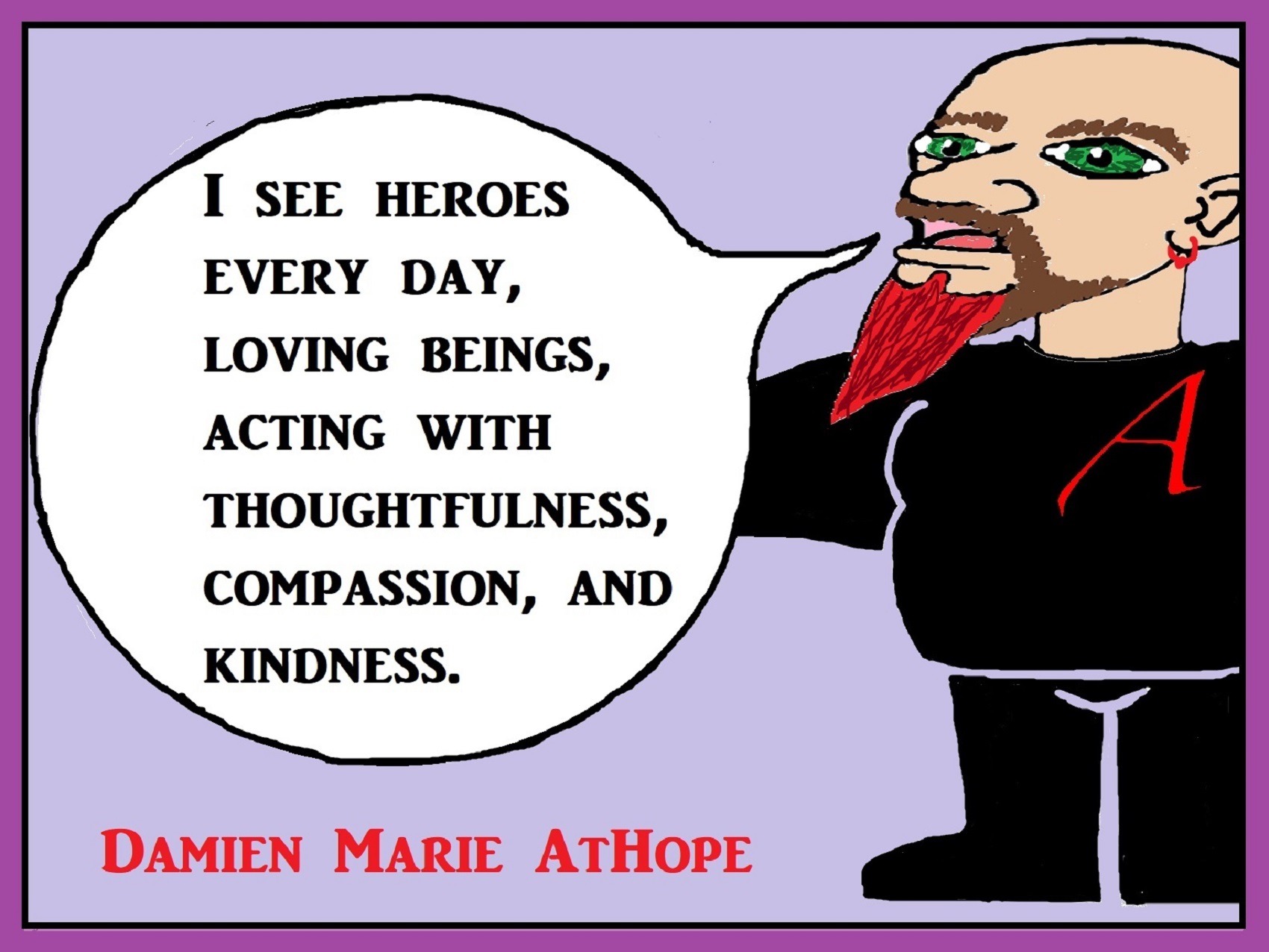



While hallucinogens are associated with shamanism, it is alcohol that is associated with paganism.
The Atheist-Humanist-Leftist Revolutionaries Shows in the prehistory series:
Show two: Pre-animism 300,000 years old and animism 100,000 years old: related to “Anarchism and Socialism”
Show tree: Totemism 50,000 years old: related to “Anarchism and Socialism”
Show four: Shamanism 30,000 years old: related to “Anarchism and Socialism”
Show five: Paganism 12,000 years old: related to “Anarchism and Socialism”
Show six: Emergence of hierarchy, sexism, slavery, and the new male god dominance: Paganism 7,000-5,000 years old: related to “Anarchism and Socialism” (Capitalism) (World War 0) Elite and their slaves!
Prehistory: related to “Anarchism and Socialism” the division of labor, power, rights, and recourses: VIDEO
Pre-animism 300,000 years old and animism 100,000 years old: related to “Anarchism and Socialism”: VIDEO
Totemism 50,000 years old: related to “Anarchism and Socialism”: VIDEO
Shamanism 30,000 years old: related to “Anarchism and Socialism”: VIDEO
Paganism 12,000 years old: related to “Anarchism and Socialism” (Pre-Capitalism): VIDEO
Paganism 7,000-5,000 years old: related to “Anarchism and Socialism” (Capitalism) (World War 0) Elite and their slaves: VIEDO
Paganism 5,000 years old: progressed organized religion and the state: related to “Anarchism and Socialism” (Kings and the Rise of the State): VIEDO
Paganism 4,000 years old: related to “Anarchism and Socialism” (First Moralistic gods, then the Origin time of Monotheism): VIEDO
I do not hate simply because I challenge and expose myths or lies any more than others being thought of as loving simply because of the protection and hiding from challenge their favored myths or lies.
The truth is best championed in the sunlight of challenge.
An archaeologist once said to me “Damien religion and culture are very different”
My response, So are you saying that was always that way, such as would you say Native Americans’ cultures are separate from their religions? And do you think it always was the way you believe?
I had said that religion was a cultural product. That is still how I see it and there are other archaeologists that think close to me as well. Gods too are the myths of cultures that did not understand science or the world around them, seeing magic/supernatural everywhere.
I personally think there is a goddess and not enough evidence to support a male god at Çatalhöyük but if there was both a male and female god and goddess then I know the kind of gods they were like Proto-Indo-European mythology.
This series idea was addressed in, Anarchist Teaching as Free Public Education or Free Education in the Public: VIDEO
Our 12 video series: Organized Oppression: Mesopotamian State Force and the Politics of power (9,000-4,000 years ago), is adapted from: The Complete and Concise History of the Sumerians and Early Bronze Age Mesopotamia (7000-2000 BC): https://www.youtube.com/watch?v=szFjxmY7jQA by “History with Cy“
Show #1: Mesopotamian State Force and the Politics of Power (Samarra, Halaf, Ubaid)
Show #2: Mesopotamian State Force and the Politics of Power
Show #3: Mesopotamian State Force and the Politics of Power (Uruk and the First Cities)
Show #4: Mesopotamian State Force and the Politics of Power (First Kings)
Show #5: Mesopotamian State Force and the Politics of Power (Early Dynastic Period)
Show #6: Mesopotamian State Force and the Politics of Power
Show #7: Mesopotamian State Force and the Politics of Power (Sargon and Akkadian Rule)
Show #9: Mesopotamian State Force and the Politics of Power (Gudea of Lagash and Utu-hegal)
Show #12: Mesopotamian State Force and the Politics of Power (Aftermath and Legacy of Sumer)

The “Atheist-Humanist-Leftist Revolutionaries”
Cory Johnston ☭ Ⓐ Atheist Leftist @Skepticallefty & I (Damien Marie AtHope) @AthopeMarie (my YouTube & related blog) are working jointly in atheist, antitheist, antireligionist, antifascist, anarchist, socialist, and humanist endeavors in our videos together, generally, every other Saturday.
Why Does Power Bring Responsibility?
Think, how often is it the powerless that start wars, oppress others, or commit genocide? So, I guess the question is to us all, to ask, how can power not carry responsibility in a humanity concept? I know I see the deep ethical responsibility that if there is power their must be a humanistic responsibility of ethical and empathic stewardship of that power. Will I be brave enough to be kind? Will I possess enough courage to be compassionate? Will my valor reach its height of empathy? I as everyone, earns our justified respect by our actions, that are good, ethical, just, protecting, and kind. Do I have enough self-respect to put my love for humanity’s flushing, over being brought down by some of its bad actors? May we all be the ones doing good actions in the world, to help human flourishing.
I create the world I want to live in, striving for flourishing. Which is not a place but a positive potential involvement and promotion; a life of humanist goal precision. To master oneself, also means mastering positive prosocial behaviors needed for human flourishing. I may have lost a god myth as an atheist, but I am happy to tell you, my friend, it is exactly because of that, leaving the mental terrorizer, god belief, that I truly regained my connected ethical as well as kind humanity.
Cory and I will talk about prehistory and theism, addressing the relevance to atheism, anarchism, and socialism.
At the same time as the rise of the male god, 7,000 years ago, there was also the very time there was the rise of violence, war, and clans to kingdoms, then empires, then states. It is all connected back to 7,000 years ago, and it moved across the world.
Cory Johnston: https://damienmarieathope.com/2021/04/cory-johnston-mind-of-a-skeptical-leftist/?v=32aec8db952d
The Mind of a Skeptical Leftist (YouTube)
Cory Johnston: Mind of a Skeptical Leftist @Skepticallefty
The Mind of a Skeptical Leftist By Cory Johnston: “Promoting critical thinking, social justice, and left-wing politics by covering current events and talking to a variety of people. Cory Johnston has been thoughtfully talking to people and attempting to promote critical thinking, social justice, and left-wing politics.” http://anchor.fm/skepticalleft
Cory needs our support. We rise by helping each other.
Cory Johnston ☭ Ⓐ @Skepticallefty Evidence-based atheist leftist (he/him) Producer, host, and co-host of 4 podcasts @skeptarchy @skpoliticspod and @AthopeMarie
Damien Marie AtHope (“At Hope”) Axiological Atheist, Anti-theist, Anti-religionist, Secular Humanist. Rationalist, Writer, Artist, Poet, Philosopher, Advocate, Activist, Psychology, and Armchair Archaeology/Anthropology/Historian.
Damien is interested in: Freedom, Liberty, Justice, Equality, Ethics, Humanism, Science, Atheism, Antiteism, Antireligionism, Ignosticism, Left-Libertarianism, Anarchism, Socialism, Mutualism, Axiology, Metaphysics, LGBTQI, Philosophy, Advocacy, Activism, Mental Health, Psychology, Archaeology, Social Work, Sexual Rights, Marriage Rights, Woman’s Rights, Gender Rights, Child Rights, Secular Rights, Race Equality, Ageism/Disability Equality, Etc. And a far-leftist, “Anarcho-Humanist.”
I am not a good fit in the atheist movement that is mostly pro-capitalist, I am anti-capitalist. Mostly pro-skeptic, I am a rationalist not valuing skepticism. Mostly pro-agnostic, I am anti-agnostic. Mostly limited to anti-Abrahamic religions, I am an anti-religionist.
To me, the “male god” seems to have either emerged or become prominent around 7,000 years ago, whereas the now favored monotheism “male god” is more like 4,000 years ago or so. To me, the “female goddess” seems to have either emerged or become prominent around 11,000-10,000 years ago or so, losing the majority of its once prominence around 2,000 years ago due largely to the now favored monotheism “male god” that grow in prominence after 4,000 years ago or so.
My Thought on the Evolution of Gods?
Animal protector deities from old totems/spirit animal beliefs come first to me, 13,000/12,000 years ago, then women as deities 11,000/10,000 years ago, then male gods around 7,000/8,000 years ago. Moralistic gods around 5,000/4,000 years ago, and monotheistic gods around 4,000/3,000 years ago.


Damien Marie AtHope (Said as “At” “Hope”)/(Autodidact Polymath but not good at math):
Axiological Atheist, Anti-theist, Anti-religionist, Secular Humanist, Rationalist, Writer, Artist, Jeweler, Poet, “autodidact” Philosopher, schooled in Psychology, and “autodidact” Armchair Archaeology/Anthropology/Pre-Historian (Knowledgeable in the range of: 1 million to 5,000/4,000 years ago). I am an anarchist socialist politically. Reasons for or Types of Atheism
My Website, My Blog, & Short-writing or Quotes, My YouTube, Twitter: @AthopeMarie, and My Email: damien.marie.athope@gmail.com

